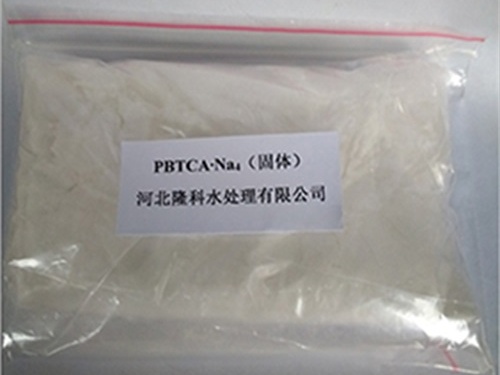Effectiveness of Polyaluminium Chloride in Water Treatment Applications and Benefits
The Role of Poly Aluminium Chloride in Water Treatment
Water treatment is a vital process that ensures the availability of clean and safe drinking water. One of the key chemical agents used in the treatment of water is Poly Aluminium Chloride (PAC). PAC is a coagulant that has gained popularity in various water treatment applications due to its effectiveness, versatility, and environmentally friendly properties.
What is Poly Aluminium Chloride?
Poly Aluminium Chloride is a polymeric coagulant that is produced by the reaction of aluminium chloride with a base, usually sodium hydroxide. The resulting compound has a higher charge density than traditional coagulants such as aluminium sulfate. This feature makes PAC particularly effective in destabilizing colloidal particles in water, allowing them to clump together and form larger aggregate particles, or flocs, which can then be easily removed from the water.
Mechanism of Action
The mechanism of PAC in water treatment is based on its charge neutralization properties. When added to water, PAC dissociates to release aluminium ions, which interact with suspended particles and toxins. These aluminium ions neutralize the negative charges on the surface of the particles, allowing them to aggregate. As the flocs grow in size, they become heavy enough to settle at the bottom of the treatment container, making it easier to separate them from the clean water.
Advantages of Using PAC
polyaluminium chloride water treatment

One of the primary advantages of using PAC over traditional coagulants is its efficiency at a wide range of pH levels. PAC works effectively in both acidic and alkaline conditions, making it suitable for various water types. Additionally, PAC requires lower dosages compared to traditional coagulants, which can lead to reduced costs in application and less sludge production.
Moreover, PAC is less likely to produce undesirable by-products during the coagulation process. This characteristic is significant as it minimizes the potential health risks associated with chemical contaminants in the treated water.
Another benefit of PAC is its fast-acting nature, leading to quicker treatment times. This efficiency can result in reduced operational costs and improved water quality in a shorter time frame, which is crucial for municipal water service providers.
Environmental Impact and Safety
Poly Aluminium Chloride is generally regarded as safe for use in water treatment. It is non-toxic and does not pose significant risks to human health or the environment when used as directed. Its lower environmental impact compared to other coagulants makes it an increasingly preferred choice for sustainable water treatment practices.
Conclusion
In summary, Poly Aluminium Chloride plays a significant role in modern water treatment processes, offering numerous advantages such as increased efficiency, cost-effectiveness, and environmental safety. As the demand for clean water continues to rise globally, the use of innovative solutions like PAC is essential to ensuring safe drinking water is accessible to all. By leveraging the benefits of PAC, water treatment facilities can enhance their operations, ultimately contributing to public health and environmental sustainability.
-
lk-319-special-scale-and-corrosion-inhibitor-for-steel-plants-advanced-solutions-for-industrial-water-systemsNewsAug.22,2025
-
flocculant-water-treatment-essential-chemical-solutions-for-purification-processesNewsAug.22,2025
-
isothiazolinones-versatile-microbial-control-agents-for-industrial-and-consumer-applicationsNewsAug.22,2025
-
scale-inhibitor-key-solutions-for-water-system-scale-preventionNewsAug.22,2025
-
organophosphonates-versatile-scale-inhibitors-for-industrial-water-systemsNewsAug.22,2025
-
scale-and-corrosion-inhibitor-essential-chemical-solutions-for-water-system-maintenanceNewsAug.22,2025





